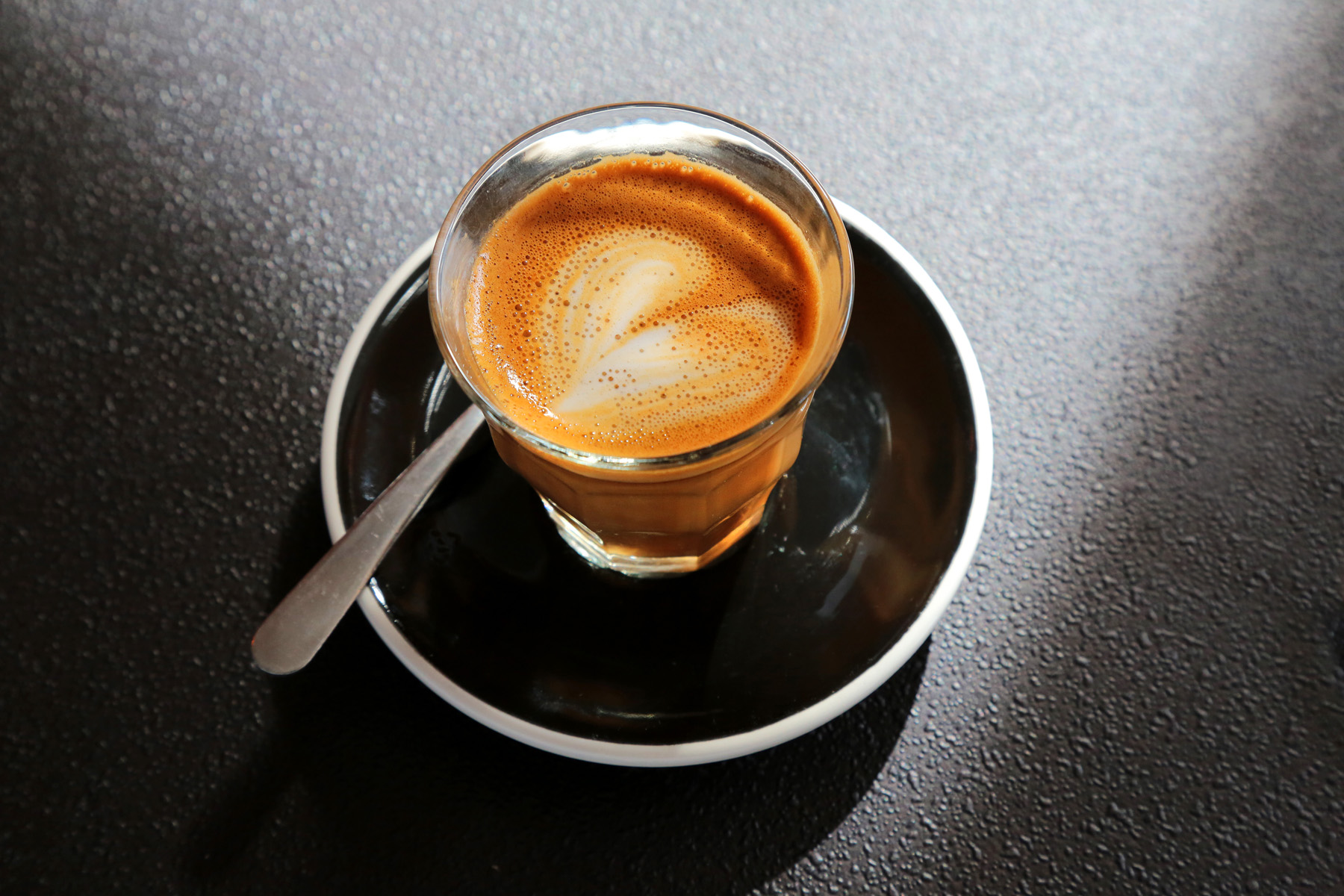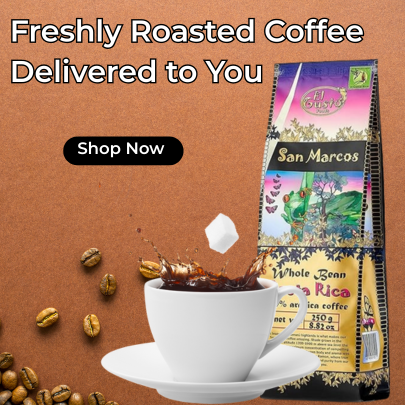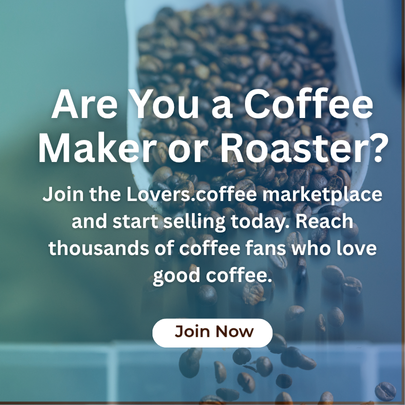
What is Espresso Roast and How is it Different from Other Roast Levels?
What is Espresso Roast and How is it Different from Other Roast Levels?
- azeem memon
- 09-07-2024
- 23-07-2025
- 1874 views
- coffeepedia

Introduction
The world of coffee roasting is a nuanced one, with different roast levels imparting unique flavors and characteristics to the coffee beans. One of the most popular and distinctive roast levels is the espresso roast. Known for its rich, bold flavor and dark appearance, espresso roast is a favorite among coffee aficionados. In this blog, we will explore what espresso roast is, how it is made, and how it differs from other roast levels such as light, medium, and dark roasts. Understanding these differences can help you appreciate the diversity of coffee and choose the right roast for your taste preferences.
What is Espresso Roast?
Definition and Characteristics
Espresso roast refers to a specific style of roasting coffee beans that is designed to enhance the flavors and qualities most desirable in espresso. This roast level typically falls into the medium-dark to dark range on the roasting spectrum. The primary characteristics of an espresso roast include:
- Rich Flavor: Espresso roast is known for its full-bodied and robust flavor profile, with a pronounced sweetness and low acidity.
- Dark Appearance: The beans are dark brown to almost black in color, often with an oily sheen on the surface.
- Intense Aroma: The aroma is strong and captivating, with notes of chocolate, caramel, and sometimes a hint of smokiness.
Roasting Process
The roasting process for espresso involves longer roasting times at higher temperatures compared to lighter roasts. Here’s a general overview of the process:
- Heating: The green coffee beans are heated gradually to reach high temperatures, typically between 230-250°C (446-482°F).
- First Crack: This is an audible popping sound that occurs when the beans reach around 196°C (385°F). For espresso roast, the beans are roasted beyond the first crack.
- Development Time: After the first crack, the beans undergo further development to enhance their sweetness and reduce acidity. This period is crucial for achieving the desired espresso roast characteristics.
- Second Crack: For darker espresso roasts, the beans may be roasted until the second crack, which occurs around 224°C (435°F). This gives the beans a darker color and more intense flavor.
How Espresso Roast Differs from Other Roast Levels
Light Roast
Characteristics:
- Color: Light brown
- Flavor: Bright, acidic, and fruity
- Aroma: Floral and citrusy
- Texture: Light-bodied
Roasting Process:
- Light roasts are achieved by stopping the roasting process shortly after the first crack, at temperatures around 180-205°C (356-401°F).
- These beans retain much of their original flavor and higher acidity.
Comparison with Espresso Roast:
- Light roasts are less intense and have a higher acidity compared to the rich, sweet, and low-acid profile of espresso roast.
- Light roasts are preferred for pour-over and drip coffee methods, where their delicate flavors can be appreciated.
Medium Roast
Characteristics:
- Color: Medium brown
- Flavor: Balanced, with hints of caramel and chocolate
- Aroma: Nutty and sweet
- Texture: Medium-bodied
Roasting Process:
- Medium roasts are typically roasted until just before or at the start of the second crack, at temperatures between 210-220°C (410-428°F).
- These beans offer a balance between acidity and body, with more developed flavors than light roasts.
Comparison with Espresso Roast:
- Medium roasts have a balanced flavor profile, whereas espresso roasts are more intense and robust.
- While medium roasts can be used for espresso, they are more commonly used for a variety of brewing methods, including drip and French press.
Dark Roast
Characteristics:
- Color: Dark brown to almost black
- Flavor: Bold, smoky, and sometimes bitter
- Aroma: Strong and robust
- Texture: Full-bodied
Roasting Process:
- Dark roasts are roasted beyond the second crack, at temperatures above 225°C (437°F).
- The extended roasting time breaks down the beans’ natural sugars, creating a more bitter and smoky flavor.
Comparison with Espresso Roast:
- Espresso roast can be considered a type of dark roast, but it is specifically tailored to highlight sweetness and minimize bitterness, making it ideal for espresso brewing.
- While dark roasts are often used for espresso, they can also be too bitter or smoky if not carefully managed, unlike the more balanced espresso roast.
The Perfect Brew: Using Espresso Roast
Espresso Brewing Method
Espresso roast is specifically designed for use in espresso machines. The high pressure and quick extraction time of espresso brewing bring out the best in these beans, creating a concentrated and flavorful shot of coffee. Here’s a quick guide to brewing the perfect espresso:
- Grind Size: Use a fine grind size, similar to table salt, to ensure proper extraction.
- Dosage: Use 18-20 grams of coffee for a double shot.
- Tamping: Apply even pressure to the coffee grounds to create a uniform bed.
- Extraction Time: Aim for an extraction time of 25-30 seconds for a double shot.
- Water Temperature: Use water heated to around 93°C (200°F).
Alternative Brewing Methods
While espresso roast is ideal for espresso machines, it can also be used in other brewing methods to achieve a strong and flavorful cup of coffee. Here are a few alternatives:
- French Press: Use a coarse grind and a longer steeping time to extract the rich flavors.
- Aeropress: Experiment with different grind sizes and brewing times to find the perfect balance.
- Drip Coffee: Use a medium-fine grind and adjust the coffee-to-water ratio to taste.
Conclusion
Espresso roast is a unique and versatile roast level that offers a rich, bold, and sweet flavor profile, making it perfect for espresso brewing. Its distinct characteristics and roasting process set it apart from other roast levels, such as light, medium, and dark roasts. By understanding these differences, you can better appreciate the complexity of coffee and choose the right roast to suit your preferences and brewing method. Whether you enjoy a bright and acidic light roast or a robust and smoky dark roast, there’s a world of flavors to explore in the realm of coffee roasting.






















